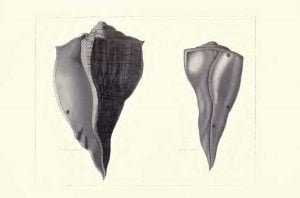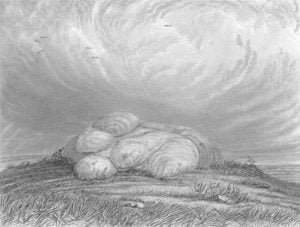Shoshone or Snake Indians
The various tribes and bands of Indians of the Rocky Mountains, south of latitude 43°, who are known under this general name, occupy the elevated area of the Utah basin. They embrace all the territory of the Great South Pass between the Mississippi Valley and the waters of the Columbia, by which the land or caravan communication with Oregon and California is now, and is destined hereafter to be, maintained. Traces of them, in this latitude, are first found in ascending the Sweetwater River of the north fork of the Platte, or Nebraska. They spread over the sources of the … Read more






